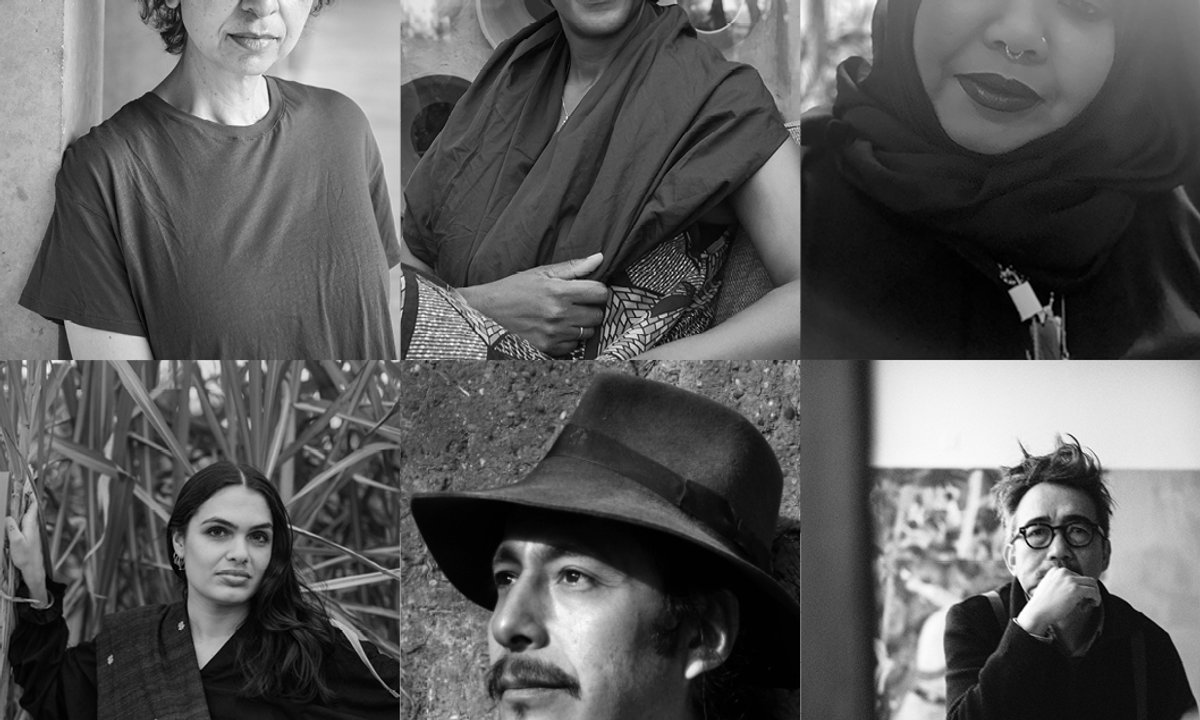
"At Mostyn, the Palestinian artist Jumana Emil Abboud connects the wells and springs of her childhood to the history of the north Wales coast, where they resonate afresh in a town famous as a Victorian watering place. Cast wax objects, writing, embroidery, drawing and performance develop through her workshops with local communities. "I've introduced the workshop participants to the springs of Palestine, so they become custodians of these stories," she says. "And I will do the same with the stories from Wales.""
"Elsewhere at the same venue, Peruvian Antonio Paucar is similarly concerned with the traditions and rituals that bind people and places, evoking his Andean heritage through performances and sculpture, often in the landscape. Made from alpaca wool, his handwoven sculptures echo the role of wool in Welsh craft practice. "It's about trying to create roots", explains Mostyn director, Nigel Prince. "We're seeking to create meaning at a very local level for the works that are on display, to elaborate and open out thematic connections. The local speaks to the international, the international speaks to the local.""
Six international artists shortlisted for the UK's largest contemporary art prize open exhibitions across multiple Welsh venues, addressing themes of home, belonging, displacement and community. The multi-venue format includes a group show at the National Museum Cardiff and solo presentations at Mostyn, Aberystwyth Arts Centre, Glynn Vivian Art Gallery and Chapter Art Centre. Jumana Emil Abboud links Palestinian springs to the north Wales coast through cast objects, writing, embroidery and community workshops. Antonio Paucar evokes Andean rituals with alpaca-wool sculptures that resonate with Welsh craft. Curators aim to connect local meanings with international contexts in the 11th Artes Mundi edition.
Read at The Art Newspaper - International art news and events
Unable to calculate read time
Collection
[
|
...
]